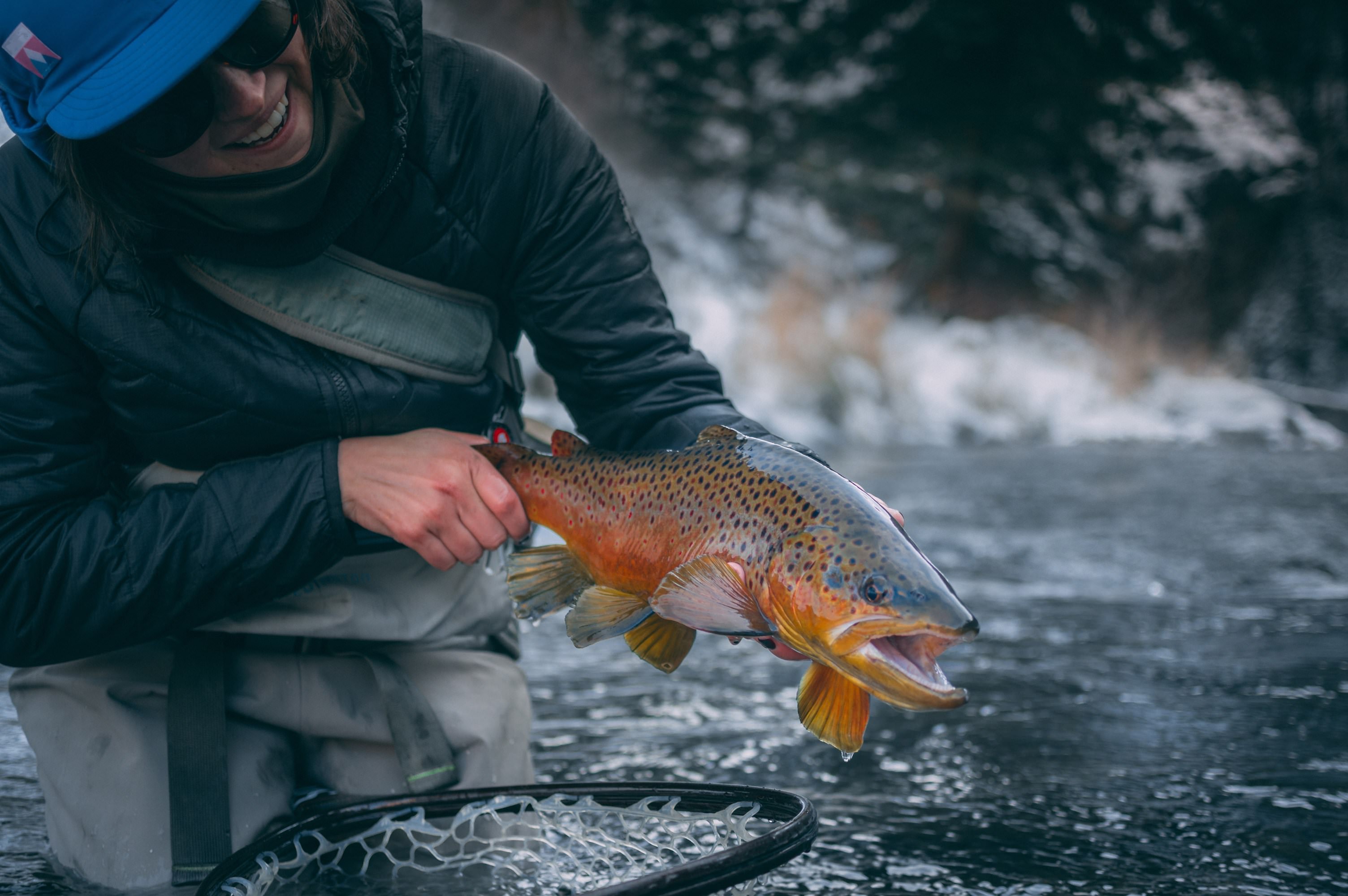Jean Marie (aka The Jean Bug) is out on the river year-round. Doesn’t matter if it’s hot or cold she’ll be out there with a line in the water. With all the time spent fishing in the colder months, she gave us a rundown on how to make the most of winter fly fishing (Words by Jean Marie. Photography by David Reilly).
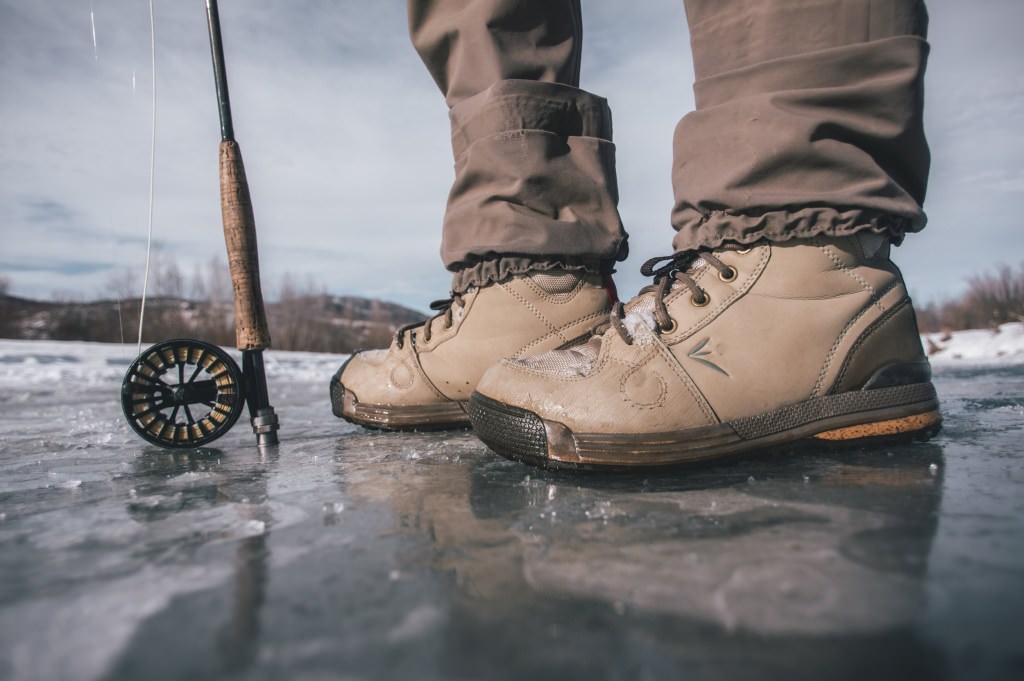
While you could just take a seat in front of your vise for the entire winter, doing so won’t catch you any trout until the spring. From the allure of large fish to the stunning scenery and solitude, winter fly fishing definitely has its perks.
The first time I set out to go winter fly fishing was a mistake. I had spent all of autumn learning how to fly fish and was eager to continue learning. I started planning my next outing on a particularly cold day in early December.
Born and raised as a winter sports enthusiast, I naively believed I knew just about everything one possibly could about playing outside in the cold. Spoiler alert—I didn’t. The next morning I found myself on the river with numb phalanges, iced over guides and absolutely no fish stories to bring home at the end of the day.
That first experience on the water during winter is far from my favorite moment fishing but what I learned that day and the many days that followed thereafter were instrumental in my future success at winter fly fishing.
Layers
Winter in general entails more thoughtful clothing choices and winter fishing is no different. It’s really important to layer up, proper clothing can save your life. Seem extreme? Maybe, but think about how quickly the hours go by when you’re on a meandering river. It’s all too easy to be wading through a river awaiting the tug when you suddenly realize just how cold you’ve become hours later. I recommend a medium to thick cushion sock, wool base layers, fleece, a down jacket & down pants. Top it all off with a water repellent shell. Like my Dad always said when going outside in the snow, it’s better to be too hot than too cold.
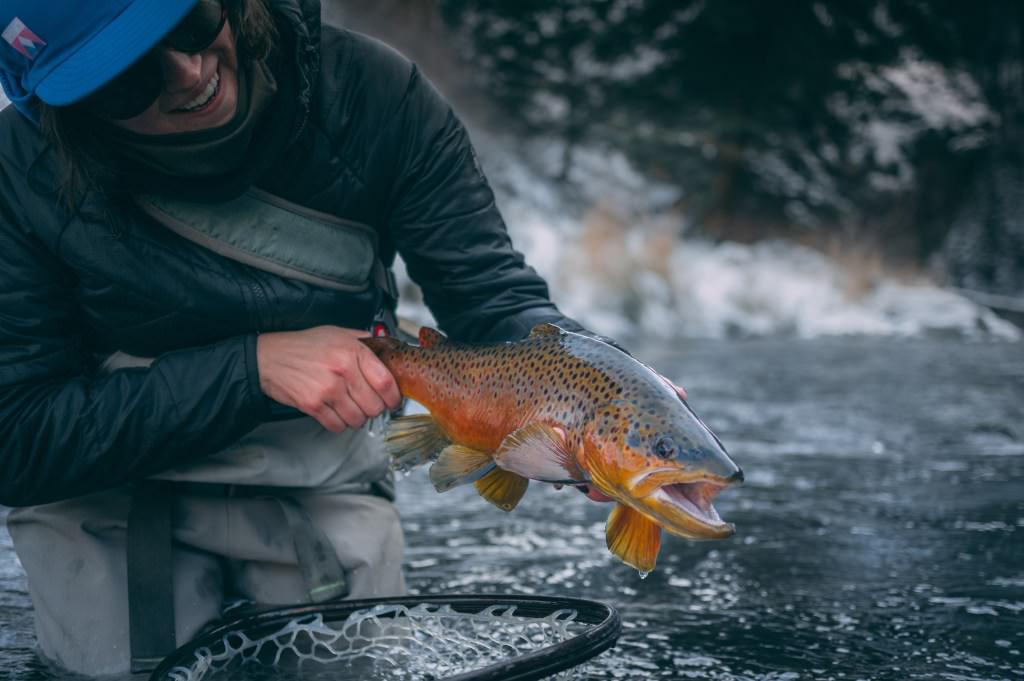
Packing
A mini first aid kit, a multi-tool & snacks are essentials for your fishing pack all year long but during the winter months, I throw in an extra pair of gloves and a hand towel. If you haven’t started carrying a multi-tool while fishing and you are thinking about fly fishing in the winter, now is a good time to get one! They come in handy in a multitude of scenarios; from rigging up, pinching barbs, and providing protection in an emergency situation. My Leatherman gives me confidence when I’m out on the river. Gloves are also important but they’re useless if they get wet, so be sure to remove them before handling a fish and have an extra pair packed in your bag.
Catch some Z’s first
You know that saying about the early bird gets the worm? Well forget it until summer comes around. During winter months most fish won’t be active till much later in the day. The water needs time to warm up to a desirable feeding temperature for trout. Do yourself a favor and spend the morning in bed instead. Don’t arrive at the water before 10am.
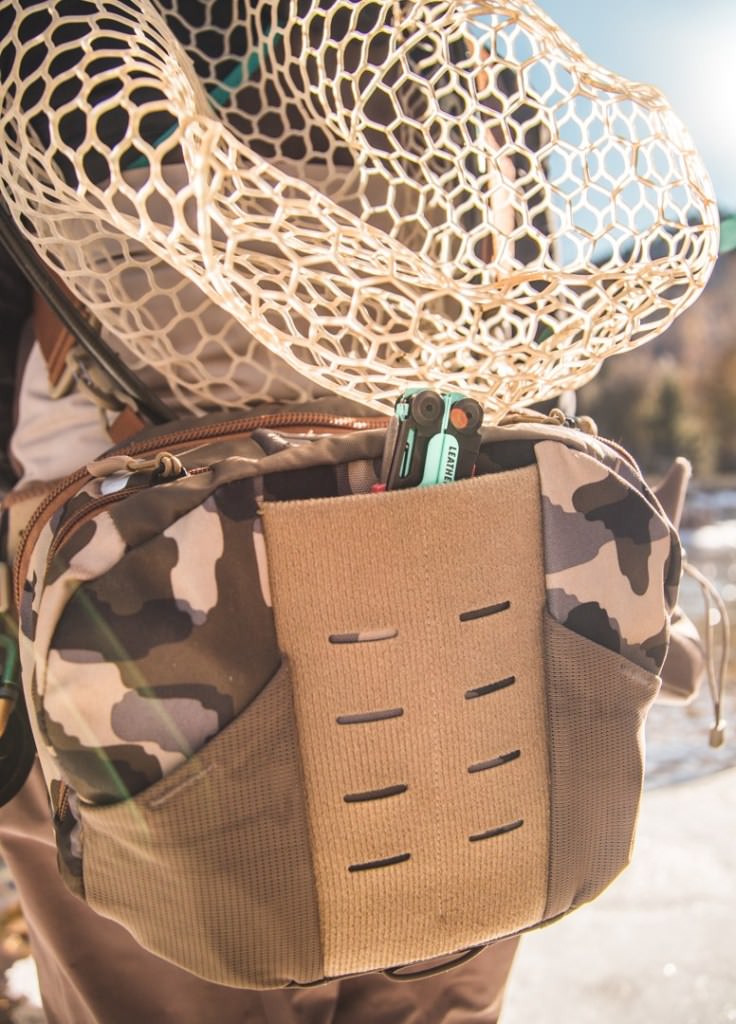
Indulge in Warm Liquids
One of my favorite aspects of winter fly fishing is bringing along a thermos of hot coffee, cocoa, or tea to sip on in-between casts. Hot drinks might not actually do much to heat up our internal body temperature but I’m certain they have a powerful psychological effect of somehow making us actually feel warmer. And might I add happier too? If you’ve been winter fishing before then you most certainly know that pleasurable moment of cradling a warm drink as you watch the water and plan your next drift.
If you’re going to be out on the river for more than a few hours, think about packing a thermos of your favorite soup or pasta!
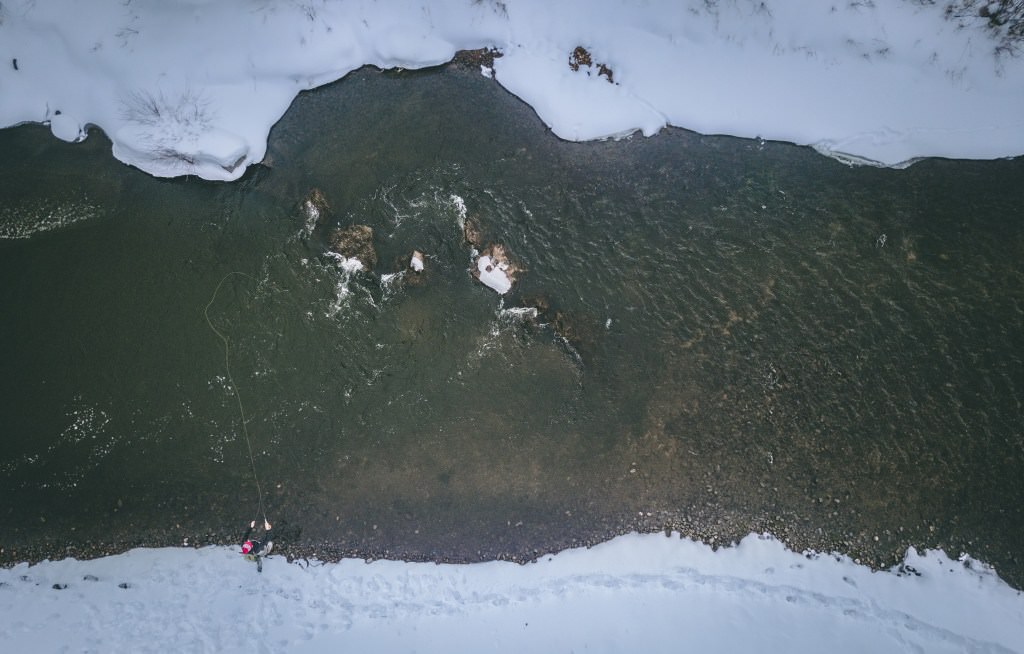
Weather
All winter fishing days are not the same and the weather is a major factor in your success. For example, if it dips into the teen temps multiple nights in a row, with day times temps that aren’t much higher, it’s likely you’ll have an exceptionally slow day. Shoot for days and nights that rise above 30 degrees.
Get Rigged
Normally I would advise against rigging up before you hit the water. Part of the fun of fishing is arriving to the water and checking out the bug action. Winter is a bit different, you should have a pretty good idea of what the trout in your area will be feeding on—Midges. They are an abundant food source for trout in the winter. Enjoy the warmth of your home and rig up before hitting the water.
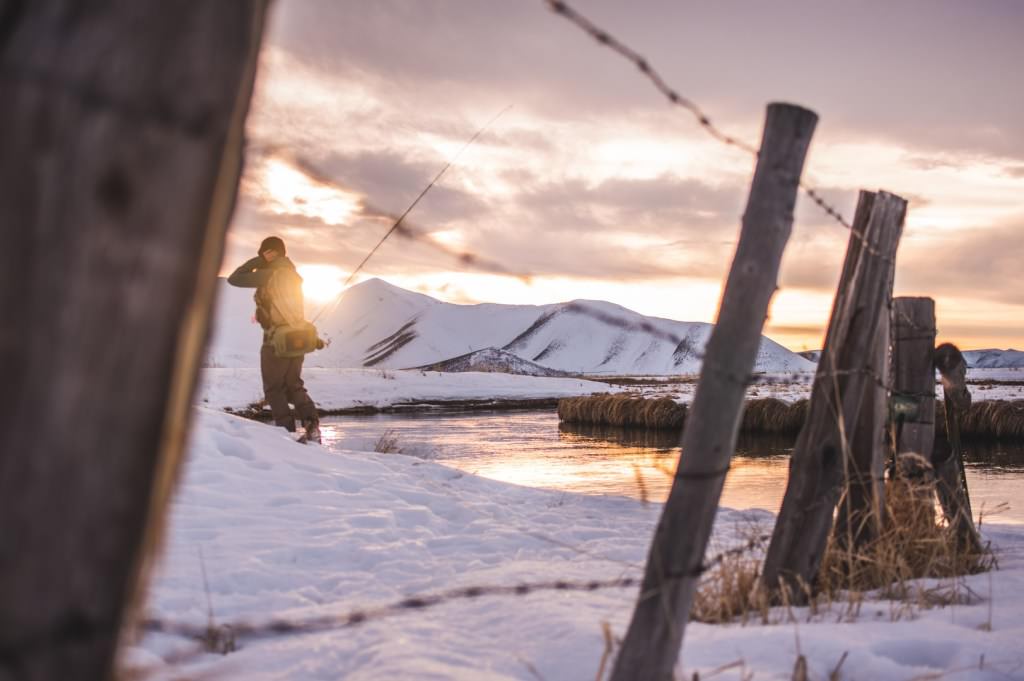
Finding Fish
You might hear “The fished have moved into their winter lies" when reading your local fishing report but what exactly does it mean? Trout are significantly less active in the winter than other seasons. Once the cooler weathers proves it’s here to stay, trout will search for deep pools and holes in which to spend most of their time in. Fish tend to “pod up" for the winter in the deeper and slow moving water. I love to look for fish where a shallow riffle shifts to deeper water. Once you find the fish, it’s likely that you’ll find more in the same area. After your first catch, try not to disturb the water and continue to fish in the same place. Be sure to fish the water slowly and thoroughly but of course move on if you aren’t finding success.
Embrace the experience and enjoy the solitude. The challenges of winter fishing are within reach as long as you show up prepared. Get out there and remember to have fun.
